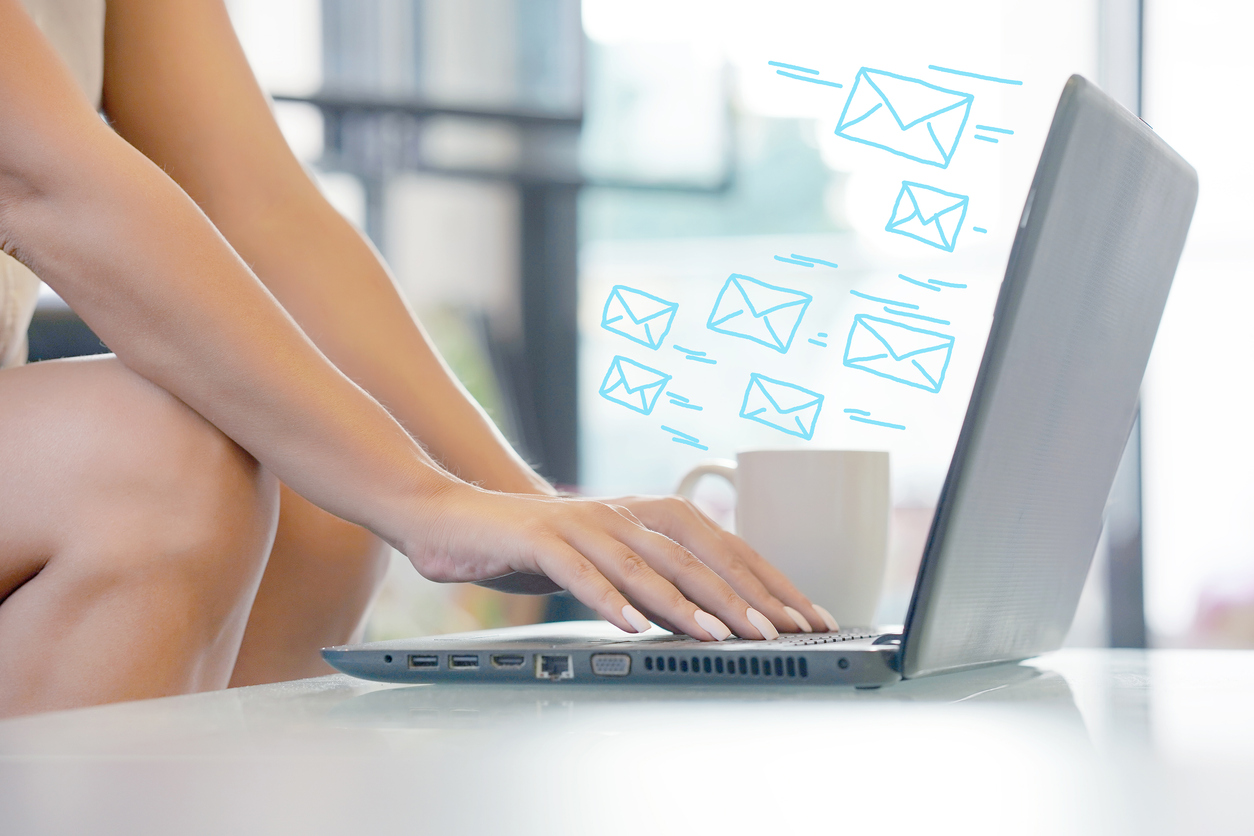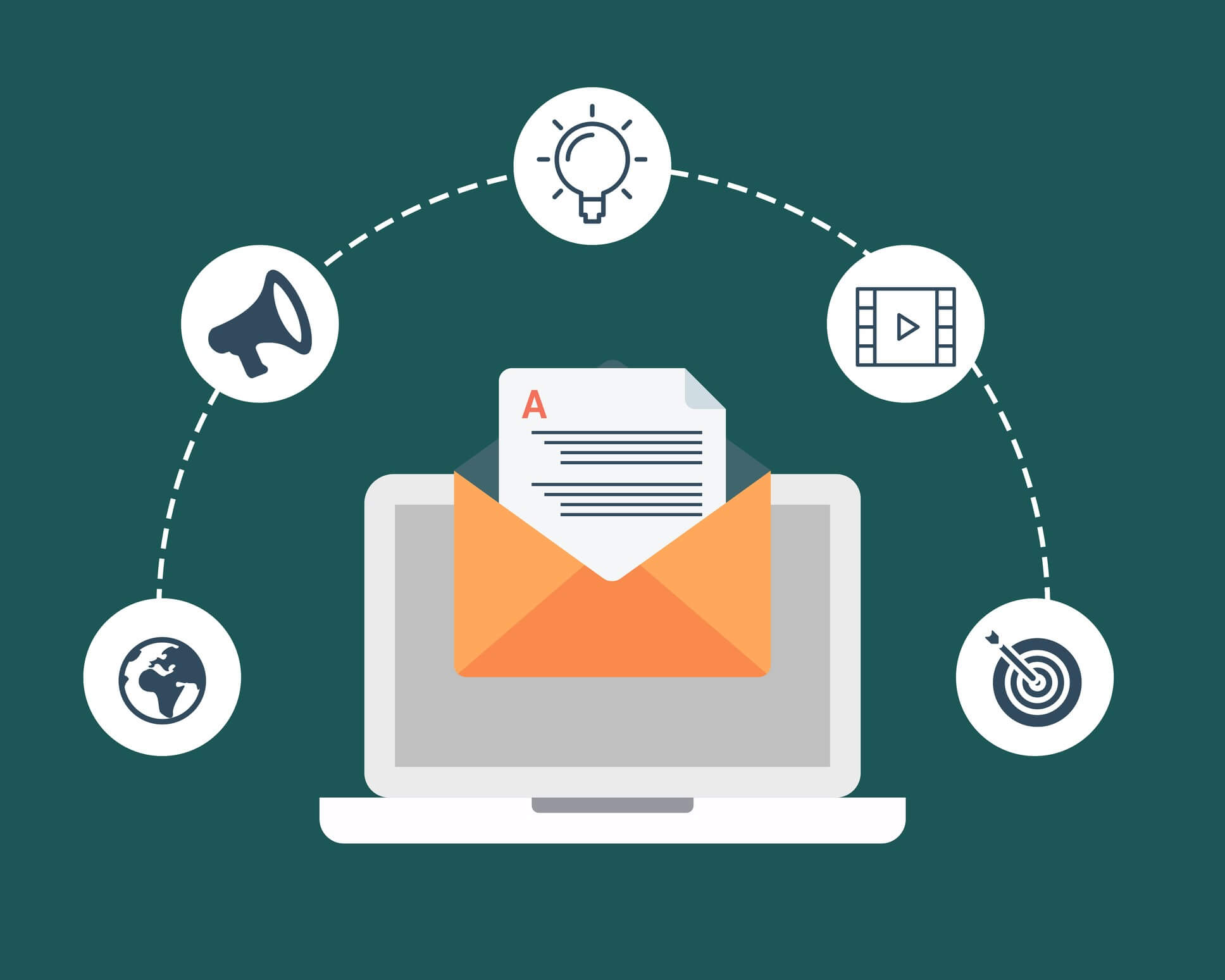Email personalization refers to the process of sending hyper-targeted emails to your audience using the insights you have about your customers or prospects. Emails can be personalized using first name, last name, location, purchase activity, shopping cart items, and much more.
Many factors are involved when it comes to creating successful email campaigns, such as practicing proper email hygiene, email appending, optimizing your email design, and more. However, email personalization may just be the number one factor that makes or breaks the success of your campaigns.
Consumers want to be treated as individuals. Email personalization provides an experience that caters to consumers’ unique wants and needs. Through email personalization, your brand is better equipped to engage with customers and prospects, which helps drive engagement and revenue.
The Importance of Email Personalization
Email personalization is not just a “nice to have” feature but is key to the effectiveness of your campaigns. In fact, 70% of customers expect a personalized experience from brands and may get frustrated if they don’t receive it. Additionally, 66% of buyers think seeing non-personalized material would deter them from making a purchase.
Email personalization increases open rates by 26% and generates a 760% increase in email revenue. But, email personalization takes time and effort to perfect – especially if your resources are spread thinly on a small marketing team. In a survey by Campaign Monitor, marketers were asked about their top goals and biggest challenges for their email marketing strategies – 38% said improving email personalization was their number one goal, and 36% of marketers listed email personalization as their biggest challenge.
Email Personalization Statistics
Campaigns that use email personalization perform better overall. According to the latest research, email personalization has many benefits:
- According to 75% of marketers, click-through rates are improved due to personalization.
- Emails that contain personalized offers are 26% more likely to be opened
- Personalized emails have 6x higher transaction rates
- Segmented and targeted emails generate 58% of all revenue
- Personalized CTA leads to an increase in conversion rates by 202% as compared to non-personalized CTA.
What Email Personalization Strategies are Most Effective?
When marketers were asked about what they felt the most effective email personalization tactics were for email marketing purposes, the top three tactics included:
- Email list segmentation – 56%
- Individualized email messages – 54%
- Behavior-triggered emails – 45%

Top 3 Email Personalization Strategies
1. Email List Segmentation
By narrowing email lists to targeted lists, your audience will find your emails more relevant and focused to their personalized preferences. Email lists can be segmented by any number of criteria such as age, geography, subscriber behavior, past purchases, frequency of purchase, and so on.
Research shows that marketers have found a 760% increase in email revenue from segmented campaigns. In large scale tests, segmented campaigns outperform non-segmented campaigns, with more opens, unique opens, and clicks and fewer bounces, spam reports, and unsubscribes.
2. Personalized and Individualized Email Messaging
Once email segmentation is in place, you can take personalization a step further by personalizing your messages. This goes beyond just using a contact’s first name in the subject line.
Use dynamic content that speaks to an individual’s specific pain points, past purchases, or product recommendations. Consider leveraging purchase history by offering personalized product recommendations based on past purchases. Analyzing a customer’s buying patterns and preferences allows you to suggest complementary or related products that are likely to resonate with their tastes.
For example, if a customer has previously purchased a camera, you could recommend accessories such as lenses, tripods, or carrying cases.
Image personalization is also an effective strategy for email messages. For example, a shopper looking for a personalized coffee mug may be more likely to buy if they see a custom graphic they’ve used on your site before.
Some additional tactics include sending out personalized messages for anniversary dates and birthdays, including names or recent purchases within your email content, or sending out product-focused content that only relates to certain email lists.
3. Behavior-Triggered Email
Triggered emails are playing an increasingly pivotal role in the success (and ROI-producing potential) of today’s email strategies. “Trigger-based email marketing campaigns can generate 4x more revenue and 18x greater profits,” according to Forrester Research. Trigger-based email campaigns can be responsible for 20% or more of email marketing revenue.
Examples of Behavior Triggered Emails
Welcome New Customers
Every business should have a welcome email for new subscribers. A welcome email should launch as soon as a new subscriber signs up to receive your updates. However, many marketers stop here and send just one initial welcome email. Consider deploying a series of welcome emails, designed to establish a relationship with newcomers and introduce them to your products and services.
This doesn’t mean send series of emails that bombard new subscribers with salesy messages describing all your latest and greatest products and services. Instead, use this as an opportunity to get to know newcomers to your brand and provide valuable content that may be of interest to them.
For example, send a second welcome email reminding them of discounts, offers, or coupons you may have offered in your initial email. Send another email inviting them to fill out a profile so you can provide personalized recommendations on their interests. A third email may thank them for filling out their profile with an offer for a discount based on products in which they expressed interest.
Welcome emails can play a huge role in establishing brand loyalty early on and keep new customers engaged with your brand.
Shopping Cart Abandonment Reminders
Abandoned shopping carts are nothing new for those in e-commerce. In fact, online cart abandonment is one of the biggest sources of lost sales revenue.
Many consumers use a shopping cart simply to store items until they are ready to purchase. Research by Oracle NetSuite included in-depth analysis of a consumer’s use of shopping carts and their expectations. A key finding revealed that 73% of online shoppers use the shopping cart to store items to buy later.
According to the study, “This shows that for most online shoppers, some level of purchase intent remains when items are left in the cart. Eighteen percent of online shoppers plan to revisit items left in shopping cart every time they shop, revealing that for many, this is a fundamental part of shopping online.”
Shopping cart reminders can be key to a final conversion. According to Moosend:
- More than 40% of cart abandonment emails are opened, and this rate can reach up to 45%.
- 50% of cart abandonment emails are clicked on, and 21% of the opened emails receive click-throughs.
- 50% of the users who clicked purchased. Half of the recipients who engaged with the content of the email completed their purchase.
Transactional Emails
After completing a purchase, your customer expects to receive a confirmation email of some sort. Consumers welcome these emails because they know these are confirmations of their recent activity versus a sales message. As a result, transactional emails have a high CTR of 4.8%, which is 3x the CTR of non-transactional emails (1.6 %).
Marketers often overlook this opportunity as an additional touchpoint to increase engagement with your brand. A confirmation email doesn’t have to be boring, nor does it have to be devoid of any type of marketing promotion. Amazon, among other retailers, does a great job of adding product cross-sell recommendations.
For example, if a customer just bought a new dress, offer options for matching accessories. Consumers also respond favorably to product recommendations based on additional items other customers have frequently purchased with the original item.





